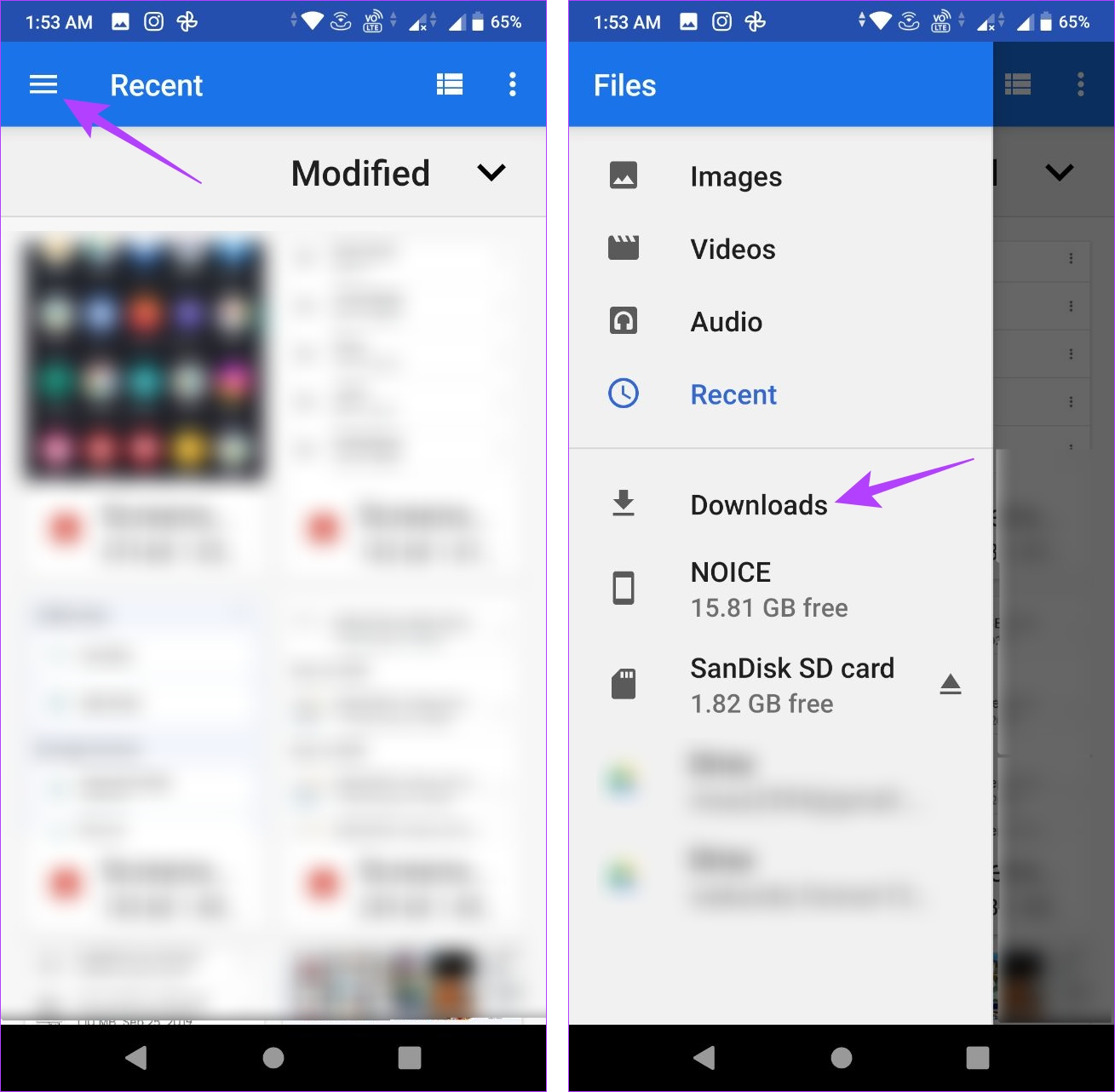The Ultimate Guide To downloads on an android
The Ultimate Guide To downloads on an android
Blog Article
Downloading documents on your Android device is straightforward, but locating them can be a trouble. Before you know it, pictures, videos, screenshots, and other files clutter your phone. You need to know where those downloads went so that you can delete unnecessary files that are using up area on your phone.

This overview reveals you exactly how to locate an vital documents that vanished and how to organize your Downloads folder. Below's exactly how to find downloads on your tool, whether you utilize one of the most effective Google Pixel phones or one more Android smartphone.
Locate your downloads with the default data supervisor
Every phone maker may give a distinct pre-installed Android application for arranging files, yet your use needs to be similar. If you have a Samsung tool, you can consult our guide on finding downloads on your Samsung Galaxy phone.
Just like various other preferred operating systems, Android has a marked Downloads folder for storing data. To find your downloaded and install files on your gadget, adhere to these steps:
1. Open the Data or My Documents app from the home screen or app cabinet.
2. Seek a section called Downloads.
3. Tap it to check out the documents you downloaded.
Use the Data by Google application for your downloads
Numerous Android file manager apps on the Google Play Shop permit you to situate your downloaded files. Data by Google is among the most effective options if you don't wish to take care of difficult UIs. It's also a good replacement for any type of default data supervisor application preinstalled on your device.
4. Open the Data app.
5. Select the Browse tab at the bottom.
6. Tap Downloads.
7. Select the Download tab to see the files in that folder.
Situate your downloads by hand
Browse to your phone's inner storage space if you can not discover the storage area of the Downloads folder on the homepage of your data supervisor app. Here's how you do it:
1. Open up the Documents application.
2. Select the Browse tab at the bottom.
3. Scroll down and go to Internal storage space.
4. Touch the Download folder.
Move your downloads to an additional place
Moving files away from the Downloads folder is handy for several reasons, specifically for data containing exclusive or personal information. Placing these data into their folder maintains them safe and makes it tough to erase them accidentally. It additionally avoids them from getting hidden and combined with the various other random documents you download.
1. Open the Files app.
2. Navigate to your Download folder.
3. Tap the three-dot menu to the right of any file.
4. Choose the Move to option.
5. Tap Internal storage at the bottom.
6. Select any location or folder.
7. Tap Move here to transfer the file to that downloads on your Android phone or tablet location.
Additionally, you can utilize the Copy to feature and transfer these files to a different location. This enables you to create numerous copies without deleting the original files from your Download folder.
View the exact location of your downloadsM/b >
At times, you might need to locate the Download folder click on the three-dot menu beside a downloaded file and select File info. For many up-to-date Android devices, the default path for downloads is/ storage/emulated/0/ Download. Although certain third-party web browsers could save files elsewhere, this is typically the primary download location.
Managing your downloads is easier than you think
Google's Files app is a great option if you prefer simplicity in a file manager. It has a clean UI and easy-to-use features. The app neatly organizes your documents by file types like downloads, images, videos, and audio. It also offers to clear junk files.
When it comes to organizing and cleaning, you can create extra storage room by mastering the removal of unnecessary WhatsApp media files. On select Android devices, you have the option to add an SD card if storage space remains limited.
Report this page